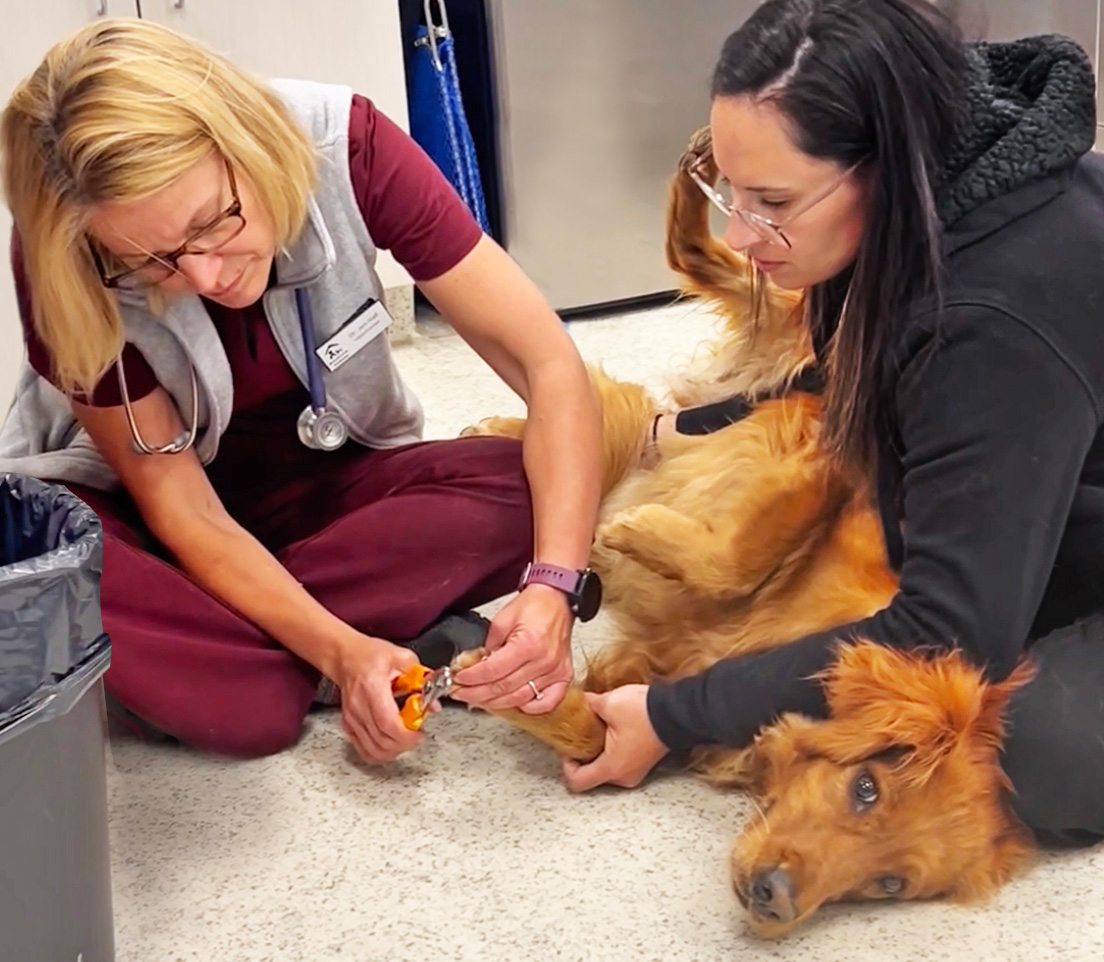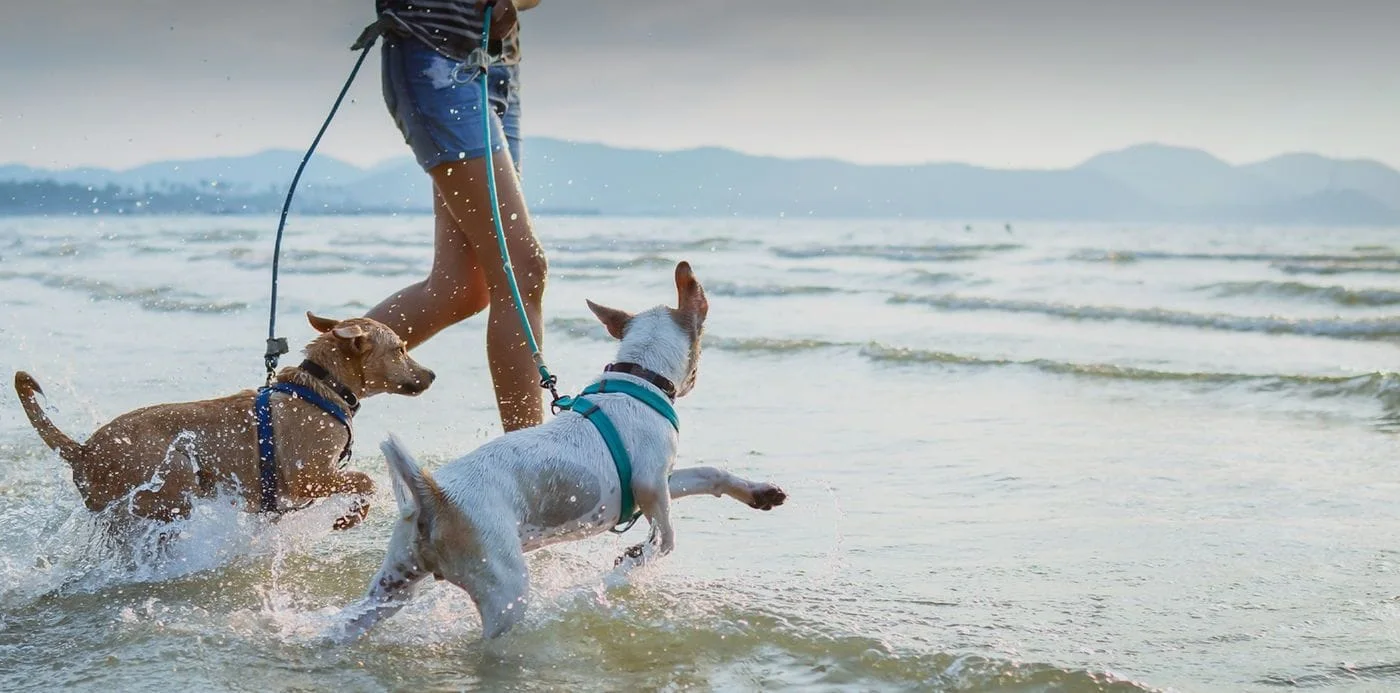What Does a veterinary cardiologist near me Do and When Should You See One?
What Does a veterinary cardiologist near me Do and When Should You See One?
Blog Article
All Concerning Veterinarian Surgical Treatment: Recognizing the Relevance of Specialist Take Care Of Your Pet dogs
Veterinary surgical procedure is an important part of pet medical care. It incorporates different procedures, from routine optional surgeries to immediate treatments. Recognizing the ins and outs of these surgical treatments can help animal proprietors make informed choices. The prep work, execution, and recuperation stages are important for making certain the well-being of pets. With appropriate knowledge, proprietors can navigate the complexities of veterinary treatment. What variables should be taken into consideration prior to a pet undergoes surgical treatment?
Kinds Of Veterinarian Surgeries
When a pet requires medical treatment, understanding the various kinds of veterinarian surgeries can help family pet owners make informed decisions. Vet surgeries can be extensively classified right into three main types: optional, urgent, and emergency situation surgical treatments. Optional surgical treatments, such as spaying or neutering, are prepared treatments that are not right away serious. Immediate surgical treatments, like those for foreign body elimination, must be carried out quickly but are not serious in the minute. Emergency surgical treatments, such as those resolving serious injury or internal bleeding, are essential and require prompt attention.Additionally, surgical treatments can vary in complexity, varying from minimally invasive laparoscopic procedures to more substantial open surgeries. Each kind of surgical procedure brings its very own risks and healing processes. Comprehending these categories allows pet owners to take part in purposeful conversations with veterinarians, bring about much better results for their cherished pet dogs.
Getting ready for Your Pet's Surgery
Getting ready for a family pet's surgical procedure involves a detailed list to guarantee all basics are covered. Efficient communication with the veterinarian is crucial for comprehending the treatment and any necessary pre-operative actions - tplo surgery. In addition, having clear post-operative care directions will certainly help owners supply the very best support for their recouping pets
Pre-Surgery Checklist Fundamentals
Assuring a smooth surgical experience for an animal calls for mindful preparation and attention to detail. A pre-surgery list is essential for family pet proprietors to comply with. First, validating the arranged surgical treatment day and time is vital. Proprietors should likewise verify that their pet has actually fasted according to the vet's directions, typically for 8-12 hours before surgical procedure. Collecting needed clinical records, including vaccination background, is necessary for the vet's testimonial. It is additionally advisable to prepare a comfy room in your home for the animal's recovery after surgical procedure. Owners need to have a strategy for transport to and from the vet clinic, making sure that the animal is safe and comfy throughout the trip. Complying with these actions can substantially improve the medical experience.
Connecting With Your Vet

Efficient communication with the veterinarian is crucial for a successful medical experience for pet dogs. Proprietors need to be prepared to discuss their pet's case history, consisting of any type of pre-existing problems, medicines, and allergies. This information assists the veterinarian examine threats and customize the surgical strategy accordingly. Additionally, pet owners must ask concerns concerning the treatment, anesthesia, and expected outcomes to assure they totally understand the procedure. Clarifying any uncertainties can alleviate anxiousness for both the family pet and the owner. It is additionally essential to connect any type of behavioral changes or concerns observed in the pet dog leading up to the surgical procedure. Inevitably, clear discussion cultivates depend on and collaboration, guaranteeing that family pets get the very best feasible care throughout their medical journey.
Post-Operative Treatment Recommendations
After reviewing the operation with the veterinarian, pet proprietors must concentrate on post-operative treatment instructions to promote a smooth recovery for their pets. These guidelines typically consist of keeping an eye on the surgical website for indicators of infection, such as inflammation or discharge. Pet dogs may need to be maintained tranquil and confined to prevent extreme motion that might disrupt recovery. Discomfort monitoring is crucial, so proprietors must follow the vet's guidance on carrying out medicines. In addition, dietary limitations may be suggested to stay clear of stomach distress. Regular follow-up consultations are necessary to ensure proper recovery and address any worries. By sticking to these post-operative treatment guidelines, family pet proprietors can significantly add to their animal's recovery and total well-being.
The Surgical Refine Explained
The surgery for family pets encompasses essential steps that guarantee their safety and recovery. Pre-surgery preparations are essential for lessening threats, while post-operative care guidelines play a crucial function in advertising recovery. Understanding these components aids pet dog proprietors browse the surgical experience a lot more properly.
Pre-Surgery Preparations
Prior to a pet dog undergoes surgery, a number of important preparations should take place to assure a risk-free and effective treatment. A thorough vet evaluation is crucial to assess the pet's total wellness and determine any kind of potential dangers. This might include blood examinations, imaging, or other diagnostics. The vet will also review anesthetic options tailored to the pet dog's certain needs. read more In addition, family pet proprietors are generally instructed to keep food and water for a specified time prior to surgery to decrease the risk of complications during anesthesia. It is necessary for owners to provide a full case history, including any medications or allergic reactions, making sure the surgical team has all required details. Appropriate interaction and adherence to pre-surgery standards can considerably improve the result of the procedure.
Post-Operative Treatment Standards
Proper post-operative treatment is important for making certain an animal's healing following surgery. After the treatment, pet dogs ought to be kept an eye on carefully for any indicators of issues, such as excessive blood loss, swelling, or unusual behavior. It is vital to adhere to the vet's instructions relating to medications, consisting of pain relievers and antibiotics. Animals ought to be kept in a quiet, comfy atmosphere to minimize stress and advertise recovery. Restricting task is vital; short, leashed strolls might be required, but jumping or running ought to be prevented. Normal follow-up consultations ought to be arranged to analyze the healing procedure. In addition, the surgical website has to be maintained clean and completely dry, with any type of indications of infection reported to a veterinarian promptly. Sticking to these standards boosts healing outcomes.
Anesthetic and Discomfort Administration
Reliable anesthesia and discomfort management are important components of vet surgical procedure, making certain that animals continue to be comfy and risk-free throughout the procedure. Veterinarians evaluate each animal's private demands, thinking about factors such as age, weight, wellness condition, and the kind of surgical treatment being performed.Anesthesia protocols typically consist of a mix of pre-anesthetic medicines, induction agents, and inhalant anesthetics, enabling accurate control over the animal's degree of consciousness. Surveillance throughout surgical treatment is vital; vets continuously observe important signs to address any potential complications promptly.Pain monitoring techniques may involve opioids, non-steroidal anti-inflammatory medications (NSAIDs), and anesthetics, customized to the pet's specific scenario. This multifaceted approach aids decrease pain and advertises a smoother surgical experience. By focusing on efficient anesthesia and discomfort administration, vet professionals boost the overall well-being of family pets undertaking procedures, guaranteeing they receive the highest possible requirement of treatment.
Post-Operative Care and Recovery
Following surgical procedure, the focus shifts to post-operative treatment and recovery, which is important for guaranteeing a pet dog's risk-free return to typical activities. Throughout this period, family pets need a peaceful, comfortable atmosphere to help recovery. Owners should closely monitor their pets for any kind of signs of pain or uncommon behavior.Veterinary guidelines often consist of specific guidelines associated with medicine administration, wound treatment, and nutritional adjustments. It is essential to comply with these referrals to minimize problems and promote recovery. Family pets may need to be limited from strenuous tasks, such as running or jumping, during their recovery period (canine tplo surgery).Regular follow-up visits with the veterinarian enable surveillance of the animal's progression and timely changes to the care plan. Offering emotional support and companionship can also boost a family pet's recovery experience, assisting to ease anxiety and stress and anxiety. In general, persistent post-operative care plays a significant function in attaining an effective recovery
Identifying Problems After Surgery
Exactly how can pet dog proprietors identify difficulties after surgical procedure? Awareness of certain signs is essential for making sure the health of pets during recovery. Usual signs include too much swelling, inflammation, or discharge at the medical site, which might indicate infection. In addition, persistent pain, shown by whimpering or reluctance to move, should trigger immediate focus. Adjustments in cravings or water consumption can additionally show issues; a reduction in these habits might signal discomfort or distress.Moreover, pet proprietors ought to monitor their pet dogs for any kind of unusual habits, such as sleepiness or problem breathing, as these can be indicators of severe problems. Throwing up or diarrhea adhering to surgery might require immediate vet examination. Identifying these complications early can substantially affect a pet dog's healing process, emphasizing the importance of alertness and prompt communication with a veterinarian for any kind of worrying symptoms.
The Duty of Veterinary Specialists in Surgical Care
Vet specialists play an important function in ensuring the security and success of surgeries for pets, particularly complying with surgery when monitoring and care are critical. These experts consist of veterinarians, vet service technicians, and assistance team, every one of whom contribute specialized abilities to the medical process.Before surgical procedure, veterinarians conduct complete assessments to examine the family pet's health, ensuring that any hidden conditions are taken care of. Throughout the treatment, the medical group supplies anesthesia, keeps clean and sterile settings, and keeps track of crucial indicators, very important for lessening risks.Post-operative treatment is equally considerable; veterinary professionals observe for complications, handle discomfort, and overview owners on recovery techniques. Their competence allows them to recognize very early indications of distress or infection, making sure prompt intervention. Inevitably, the collaborative efforts of vet professionals in medical treatment promote a secure atmosphere, advertising the well-being of pet dogs throughout the medical trip.

Often Asked Concerns
Just how Do I Pick the Right Veterinary Cosmetic Surgeon for My Animal?
Selecting the right vet doctor includes looking into credentials, checking out evaluations, and reviewing the clinic's setting. It is necessary to review the cosmetic surgeon's experience with specific treatments and their interaction design when choosing.
What Are Typical Misconceptions About Vet Surgeries?
Typical mistaken beliefs about veterinarian surgeries include beliefs that they are constantly dangerous, unneeded, or just for emergencies. Several pet proprietors ignore the benefits of preventive procedures and the ability associated with veterinary medical treatment.
Just How Much Will My Pet's Surgical treatment Expense?
The cost of a pet's surgical procedure can vary significantly based upon factors such as the kind of treatment, the vet's experience, and geographical area (24 hour vet near me). Usually, expenditures vary from a couple of hundred to a number of thousand dollars

Can My Animal Eat Before Surgery?
Before surgery, it is typically advised that animals refrain from consuming for a details duration. This fasting helps reduce the danger of complications during anesthesia. Owners must consult their veterinarian for precise instructions customized to their pet dog's requirements.
What if My Animal Has Pre-Existing Health Conditions?
When a pet has pre-existing health problems, it's important for the vet to evaluate these aspects prior to surgical procedure. This assessment warranties appropriate safety measures are taken, minimizing threats and enhancing the family pet's total security during the procedure.
Report this page